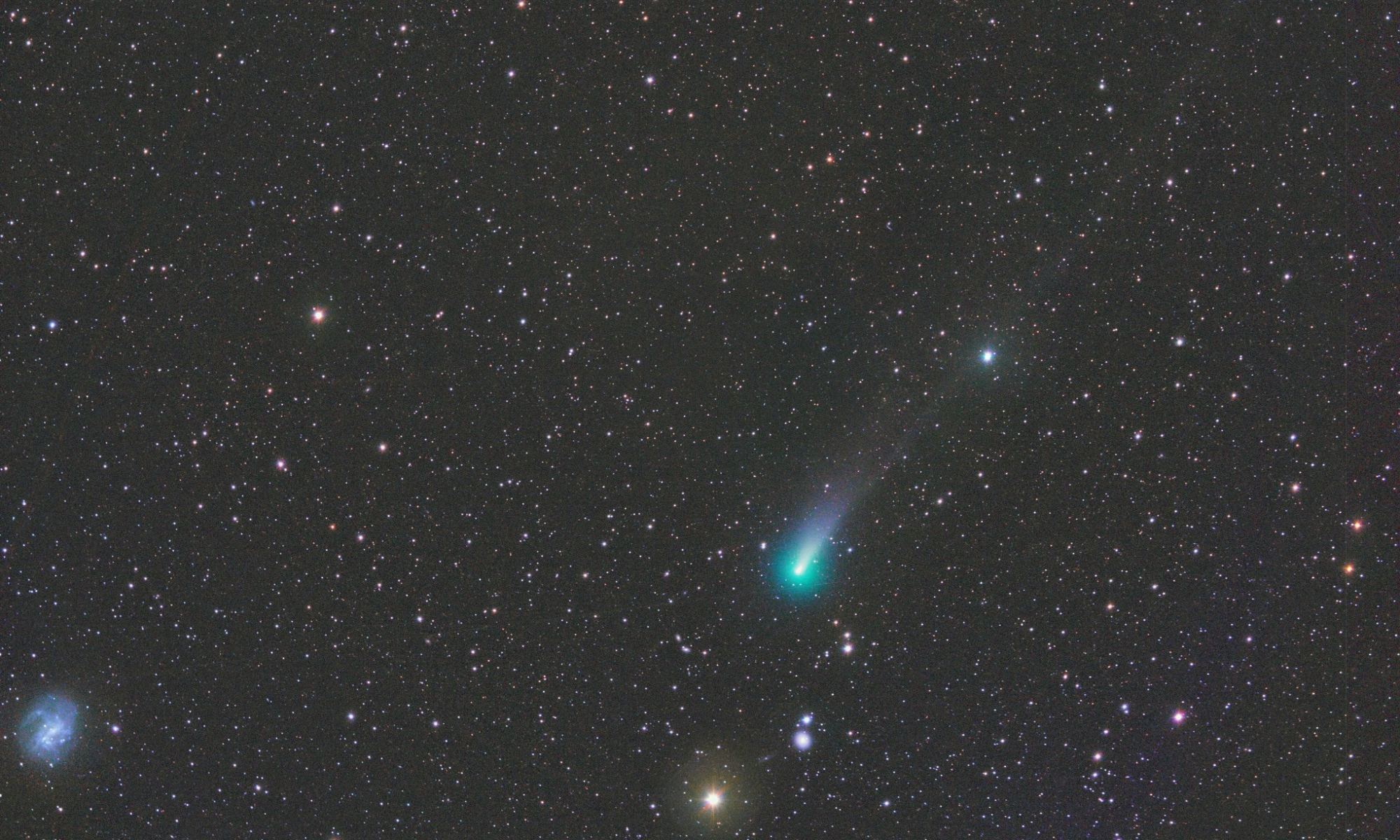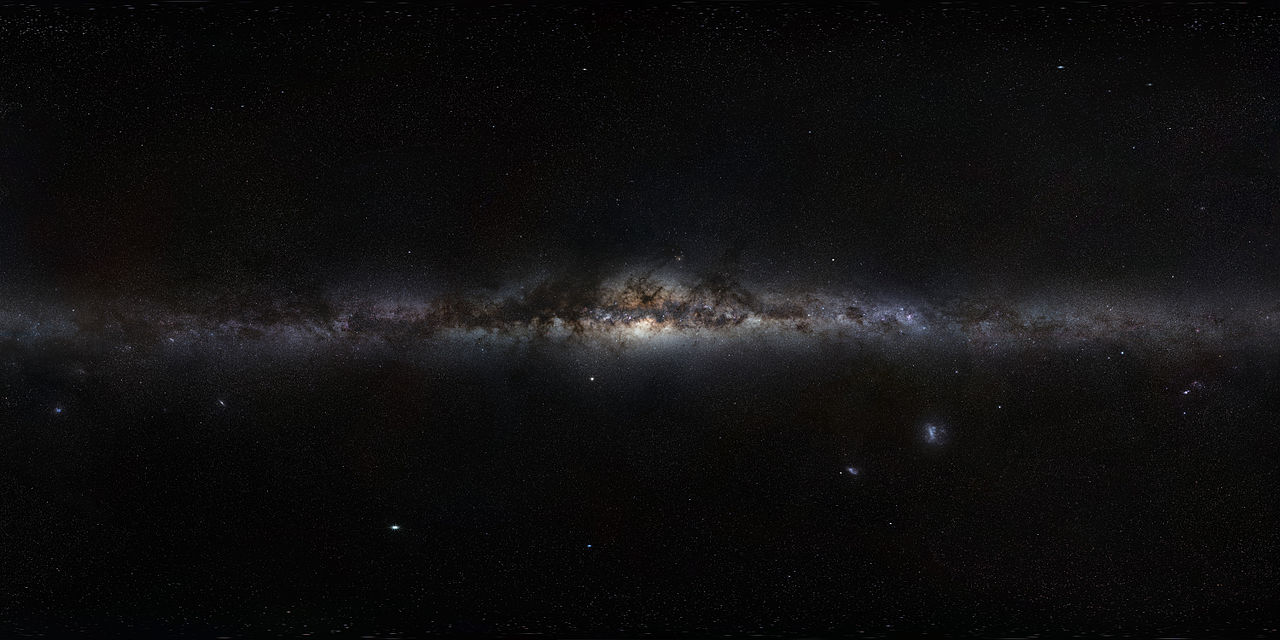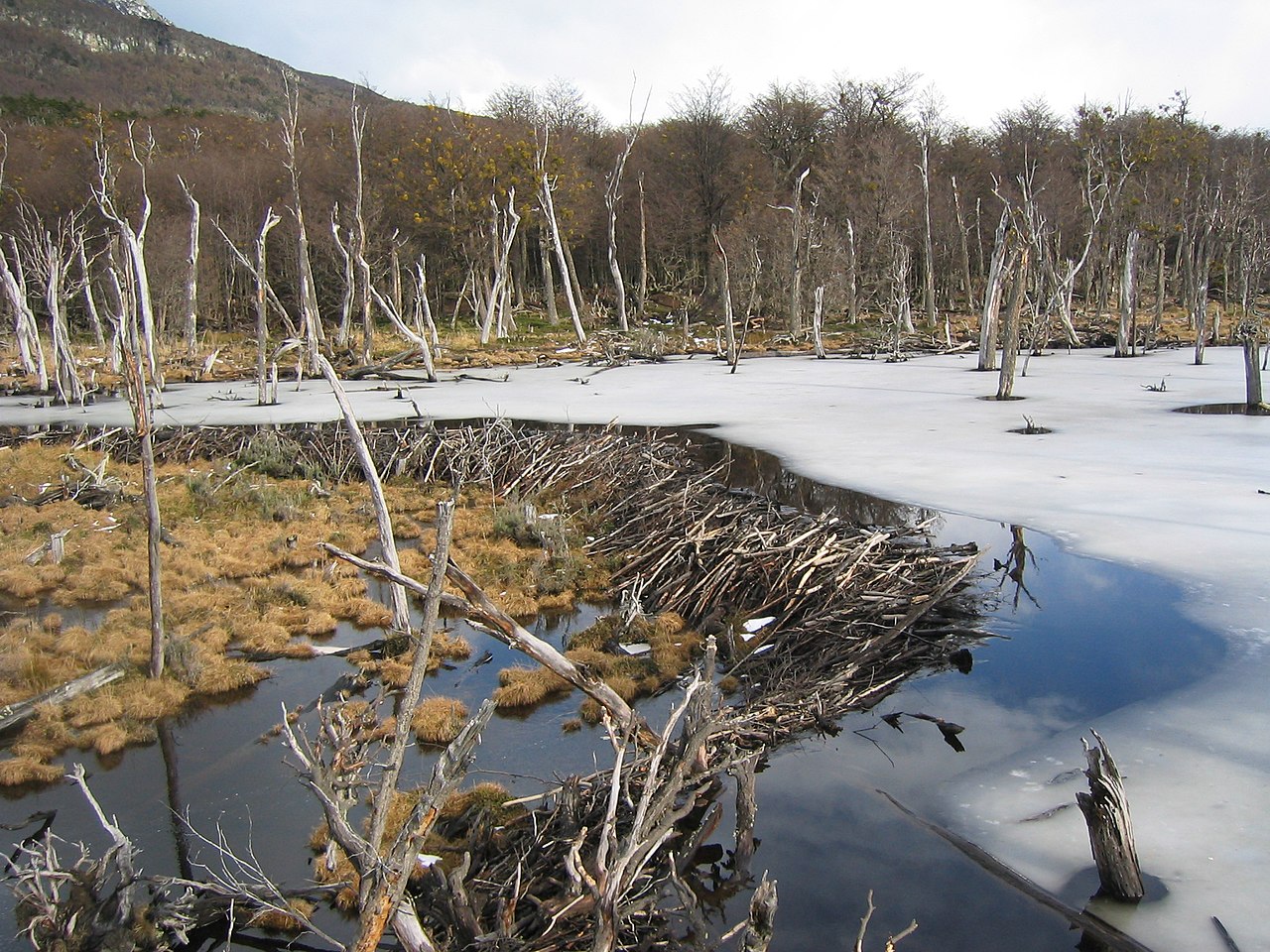It’s that time again. Once every ten years, the American astronomy community joins forces through the auspices of the National Academies to produce one of the most important and influential reports in their discipline – the decadal survey. This report has been the impetus for some of the great observational instruments of our time, including Spitzer, the Large Millimeter Array, and Chandra. Upcoming heavy-hitting observatories, such as Nancy Grace Roman and Vera C. Rubin, also spawned from suggestions made in the Decadal Survey. In short, if you want to get a grandiose space telescope funded, your best bet is to have it supported by the National Academies in the form of the Decadal Survey. Now a new one is out – so what does it back for the upcoming decade and beyond?
Continue reading “The Decadal Survey is out! What new Missions and Telescopes are in the Works?”It’s Time to Stop Doing Anti-Satellite Tests
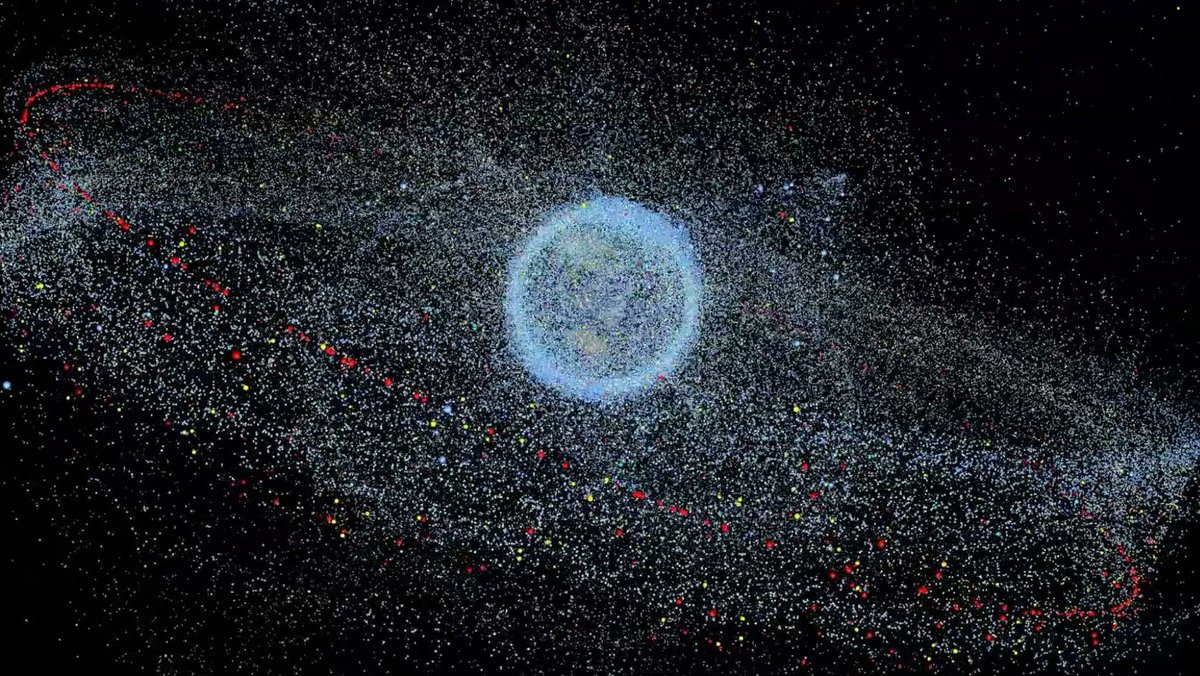
Earlier this month, the Russian military conducted an anti-satellite (ASAT) missile test, launching a PL19 Nudol interceptor missile at a now-defunct Soviet-era intelligence satellite, KOSMOS 1408. The impact obliterated the spacecraft, creating a debris field consisting of approximately 1500 pieces of trackable debris, and potentially hundreds of thousands of pieces that are too small to monitor with ground-based radar. In the aftermath of the test, the debris field crossed the orbit of the International Space Station (ISS) repeatedly, causing the crew to take emergency precautions and shelter in their descent capsules, ready for a quick return to Earth in the event that the station was hit.
While the station and its crew escaped without harm this time around, the November 15 test demonstrated far too clearly that ASATs pose a real danger to human life. They can also wreak havoc on the rest of Earth’s space infrastructure, like communications satellites and other orbital systems. Debris from an ASAT test remains in orbit long after the initial incident is over (the higher the orbit, the longer lasting the debris), and if humanity’s space infrastructure is to be sustainable, the era of ASATs must come to an end, and soon.
Continue reading “It’s Time to Stop Doing Anti-Satellite Tests”Stars Getting Kicked out of the Milky Way can Help us map its Dark Matter Halo
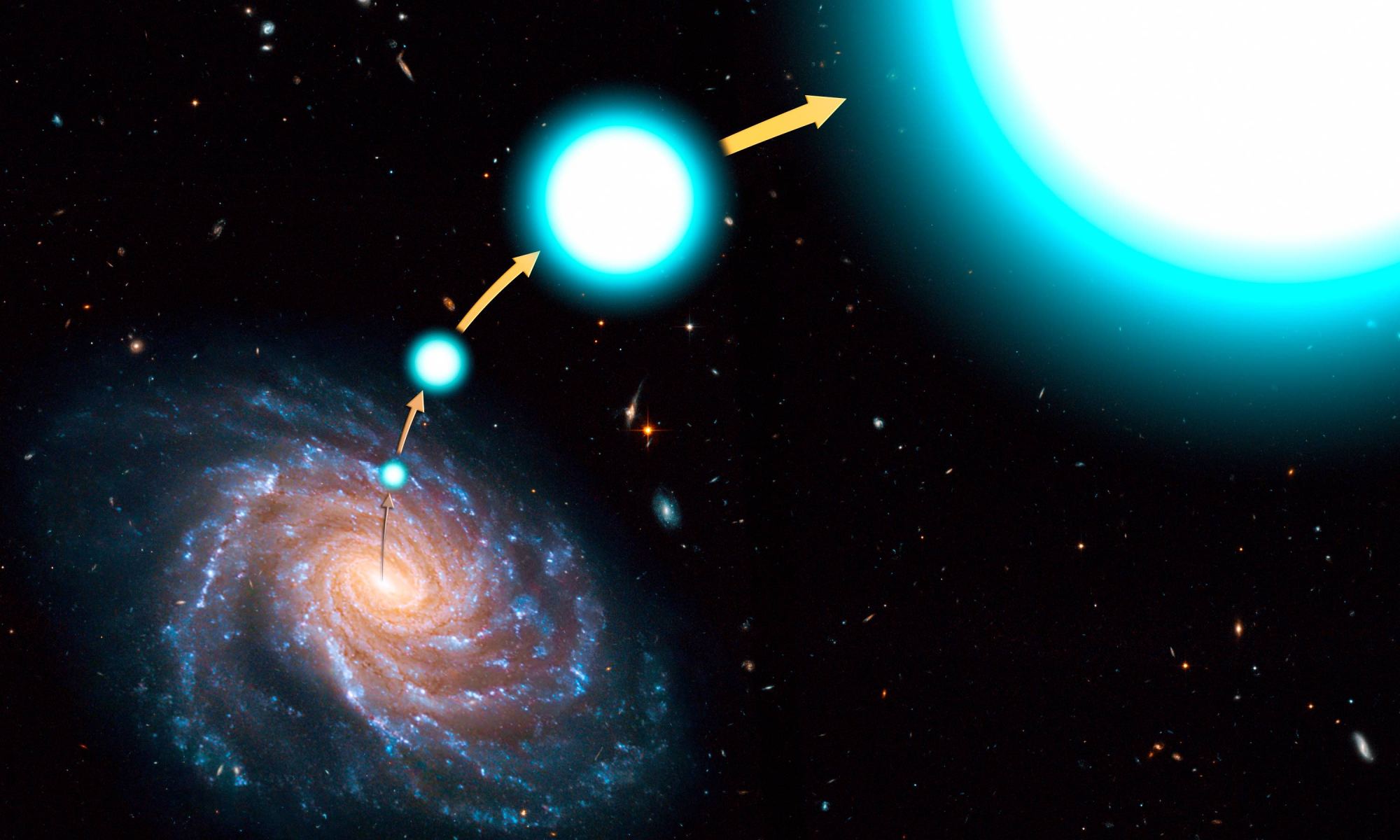
Dark matter is notoriously difficult to study. It’s essentially invisible to astronomers since it can’t be seen directly. So astronomers rely on effects such as the gravitational lensing of light to map its presence in the universe. That method works well for other galaxies, but not so well for our own. To map dark matter in the Milky Way, we rely mostly on the motions of stars in our galaxy. Since dark matter attracts regular matter gravitationally, the method works well for areas of the galaxy where there are stars. Unfortunately, most of the stars lie along the galactic plane, making it difficult to map dark matter above and below that plane. But a recent study proposes a way to map more of our galaxy’s dark matter using runaway stars.
Continue reading “Stars Getting Kicked out of the Milky Way can Help us map its Dark Matter Halo”Astronomers Find a Planet That Orbits its Star in Just 16 HOURS!
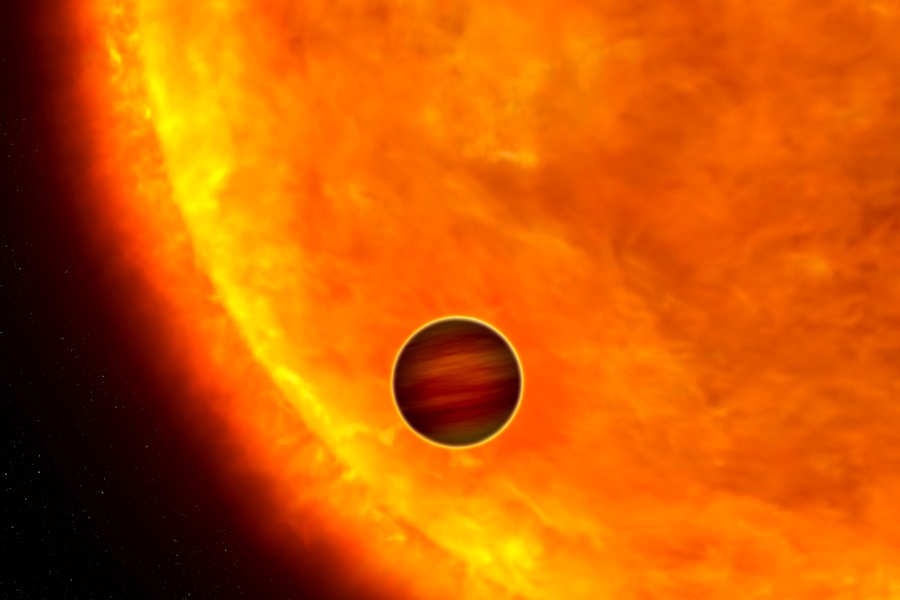
Mercury is the speed champion in our Solar System. It orbits the Sun every 88 days, and its average speed is 47 km/s. Its average distance from the Sun is 58 million km (36 million mi), and it’s so fast it’s named after Mercury, the wing-footed God.
But what if instead of Mercury, Jupiter was closest to the Sun? And what if Jupiter was even closer to the Sun than Mercury and far hotter?
Continue reading “Astronomers Find a Planet That Orbits its Star in Just 16 HOURS!”A Space Telescope With one job: Find Habitable Planets at Alpha Centauri
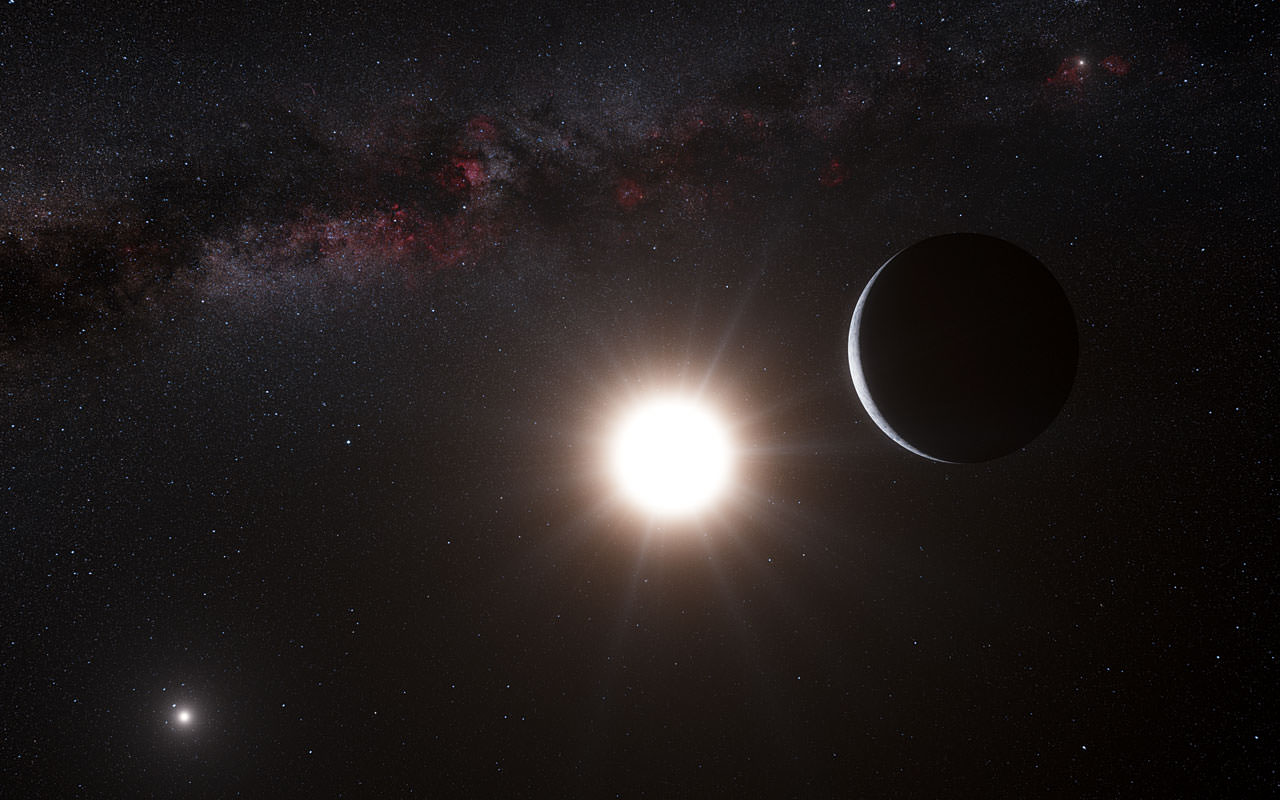
Alpha Centauri, the nearest star system to our Sun, is like a treasure trove with many scientific discoveries just waiting to be found. Part of what makes it so compelling is that our efforts to detect extrasolar planets there have failed to yield any concrete results to date. While the study of exoplanets has progressed exponentially in recent years, with 4,575 confirmed planets in 3,392 systems in the Milky Way (and even neighboring galaxies), astronomers are still having difficulty determining if anyone is next door.
In the coming decades, Breakthrough Initiatives plans to send a mission there known as Starshot, a lightsail craft that could make the journey in 20 years. On Nov. 16th, Breakthrough Initiatives announced another project for detecting exoplanets next door. It’s called the Telescope for Orbit Locus Interferometric Monitoring of our Astronomical Neighbourhood (TOLIMAN), a space telescope dedicated to finding rocky planets orbiting in Alpha Centauri’s circumsolar habitable zone (aka. “Goldilocks Zone”).
Continue reading “A Space Telescope With one job: Find Habitable Planets at Alpha Centauri”Comet A1 Leonard Brightens in December
Now is the time to start tracking Comet C/2021 A1 Leonard, as it starts its dawn dive sunward.
The days following New Year’s 2021 saw a comet discovery with potential. On the night of January 3rd, exactly one year to the day prior to perihelion, astronomer Gregory J. Leonard working at the Mount Lemmon Observatory near Tucson Arizona discovered the first long-period comet of the year, C/2021 A1 Leonard. Shining at magnitude +19 and 5 Astronomical Units (AU) distant (about the distance of Jupiter from the Sun) at the time of discovery, early indications hinted that comet A1 Leonard might prove to be something special, come the end of 2021.
Continue reading “Comet A1 Leonard Brightens in December”Here are Hubble’s 2021 Photos of the Outer Solar System
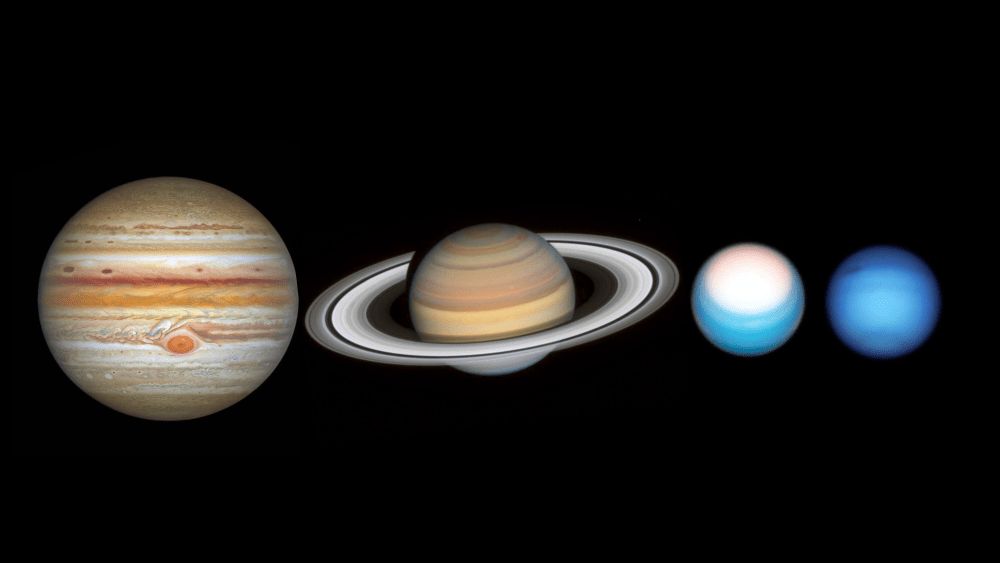
If we had to rely solely on spacecraft to learn about the outer planets, we wouldn’t be making great progress. It takes a massive effort to get a spacecraft to the outer Solar System. But thanks to the Hubble Space Telescope, we can keep tabs on the gas giants without leaving Earth’s orbit.
Continue reading “Here are Hubble’s 2021 Photos of the Outer Solar System”If Alien Probes are Already in the Solar System, Maybe we Could Detect Them Calling Home
It’s been seventy years since physicist Enrico Fermi asked his famous question: “Where is everybody?” And yet, the tyranny of the Fermi Paradox is still with us and will continue to be until definitive evidence of Extraterrestrial Intelligence (ETI) is found. In the meantime, scientists are forced to speculate as to why we haven’t found any yet and (more importantly) what we should be looking for. By focusing our search efforts, it is hoped that we may finally determine that we are not alone in the Universe.
In a recent study, two researchers from the University of Liège and the Massachusetts Institute of Technology (MIT) recommended that we look for evidence of transmissions from our Solar System. Based on the theory that ETIs exist and have already established a communications network in our galaxy, the team identified Wolf 359 as the best place to look for possible interstellar communications from an alien probe.
Continue reading “If Alien Probes are Already in the Solar System, Maybe we Could Detect Them Calling Home”We’re Constantly Battling Invasive Species Here on Earth. What Does That Teach us About Infecting Other Worlds With Earth Life?
When Neil Armstrong, Buzz Aldrin, and Michael Collins returned from the Moon in the summer of 1969, they spent three weeks isolated in quarantine to make sure that they hadn’t brought back any microbial lifeforms from the Moon, which could prove harmful to Earth life. Later, once the Moon had been unequivocally proved to be a dead world, future Apollo missions were allowed to skip quarantine. Elsewhere in the solar system, however, NASA still has to take planetary biosecurity seriously, because life could be out there. If we bring it back to Earth, it could be a danger to us and our ecosystems. Conversely, microbial Earth life could invade a fragile alien ecosystem, destroying a newly discovered lifeform before we have the chance to study it. Imagine discovering life on Mars, only to realize that it was life we had brought there with us.
Continue reading “We’re Constantly Battling Invasive Species Here on Earth. What Does That Teach us About Infecting Other Worlds With Earth Life?”Eggshell Planets Have a Thin Brittle Crust and No Mountains or Tectonics
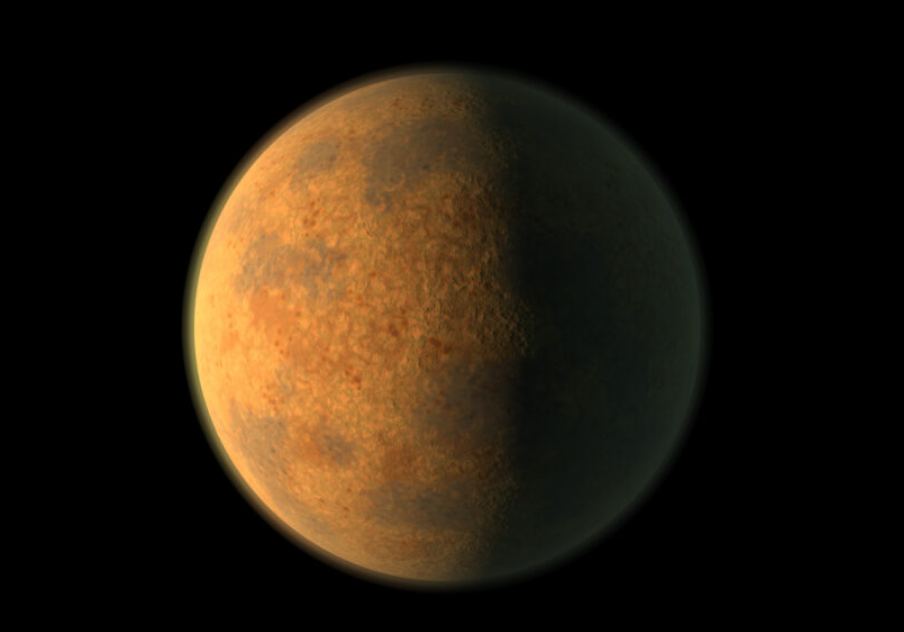
Planets without plate tectonics are unlikely to be habitable. But currently, we’ve never seen the surface of an exoplanet to determine if plate tectonics are active. Scientists piece together their likely surface structures from other evidence. Is there a way to determine what exoplanets might be eggshells, and eliminate them as potentially habitable?
The authors of a newly-published paper say there is.
Continue reading “Eggshell Planets Have a Thin Brittle Crust and No Mountains or Tectonics”

